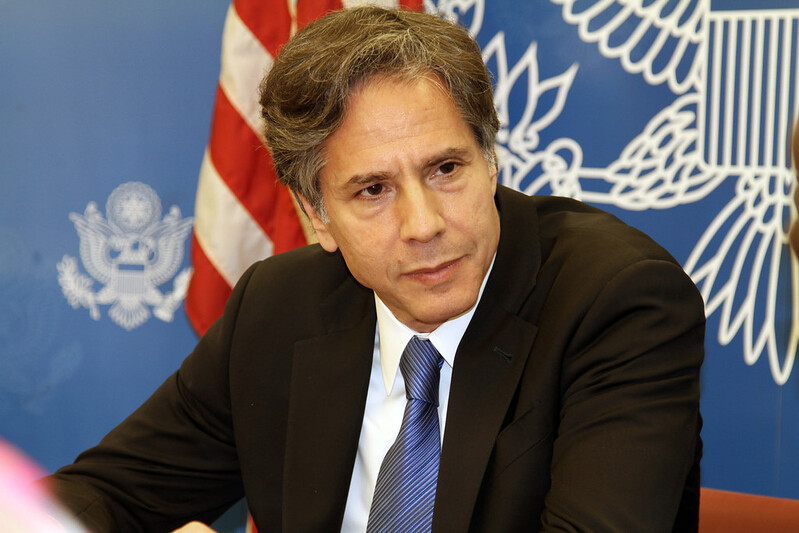
Responding to Russia’s military reinforcement of Kazakhstan security forces to quell nationwide unrest, US Secretary of State Antony Blinken has raised concerns over the alliance.
The unrest, which began as peaceful demonstrations on Sunday over the increasing price of liquid petroleum gas, rapidly expanded into an expression of discontent against inequality and cronyism in Kazakhstan. Despite starting in the west of the country, protests engulfed major cities such as Almaty, with some demonstrators taking up arms; however, the reason why they resorted to arms remains unclear.
Kazakhstan’s interior ministry has reported that 26 protesters were killed in the unrest, with over 3,000 people detained. The country’s President Kassym-Jomart Tokayev has claimed that order had been “mainly restored” and has chided human rights defenders whilst criticising authorities with being too lax.
US wary of Russian advances
Commenting on the dispatchment of the 2,500, primarily Russian soldiers, as part of a mission from the Collective Security Treaty Organisation (CSTO), Blinken stated, “It’s not clear why they feel the need for any outside assistance, so we’re trying to learn more about it”.
“One lesson in recent history is that once Russians are in your house, it’s sometimes very difficult to get them to leave,” he added.
The statement comes amidst escalating tensions between the US and Russia, with the US threatening to impose sanctions if Russia invades Ukraine.
This was the first joint military action conducted by the CSTO which was founded in 1999 and described as a counter to NATO. The organisation has maintained that its operation could be expanded to 3,600 troops if necessary.
Explaining the unrest
The New York Times highlights the cordial relationship Kazakhstan shares with Russia, and Tokayev’s “long record of construing all expressions of discontent at home and in other former Soviet territory as the work of disgruntled liberal troublemakers”. Their reporting further details that the conflict cannot be explained as simply a dispute between pro-democratic and authoritarian forces but rather a clash between feuding political clans with many of the demonstrators loyal to the President’s predecessor, Nursultan Nazarbayev.
Nazarbayev stood as president in 2019 but retained wide powers and was given the honorary title of Elbasy, or leader of the nation. Demonstrators reportedly wanted to see his return to power.
We need your support
Sri Lanka is one of the most dangerous places in the world to be a journalist. Tamil journalists are particularly at threat, with at least 41 media workers known to have been killed by the Sri Lankan state or its paramilitaries during and after the armed conflict.
Despite the risks, our team on the ground remain committed to providing detailed and accurate reporting of developments in the Tamil homeland, across the island and around the world, as well as providing expert analysis and insight from the Tamil point of view
We need your support in keeping our journalism going. Support our work today.
For more ways to donate visit https://donate.tamilguardian.com.

